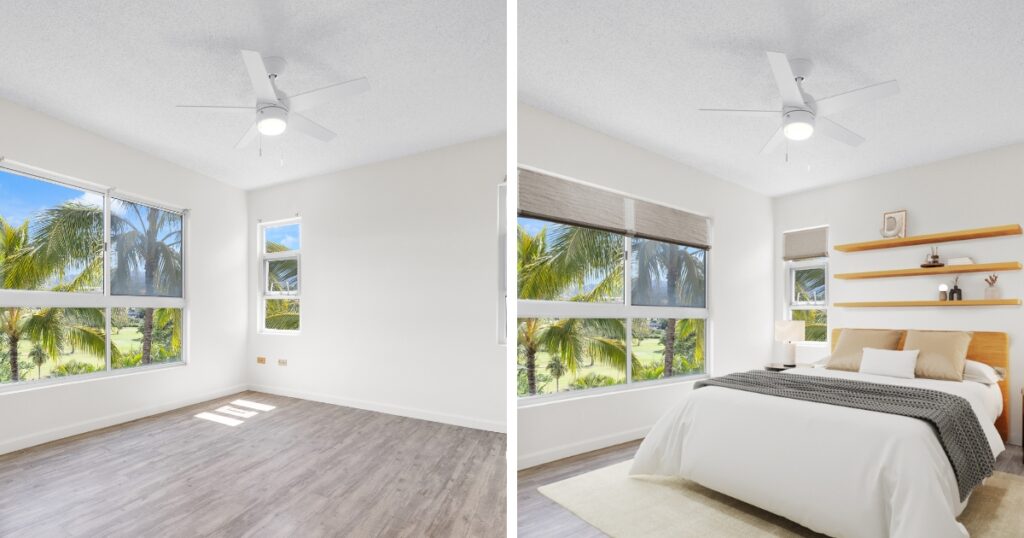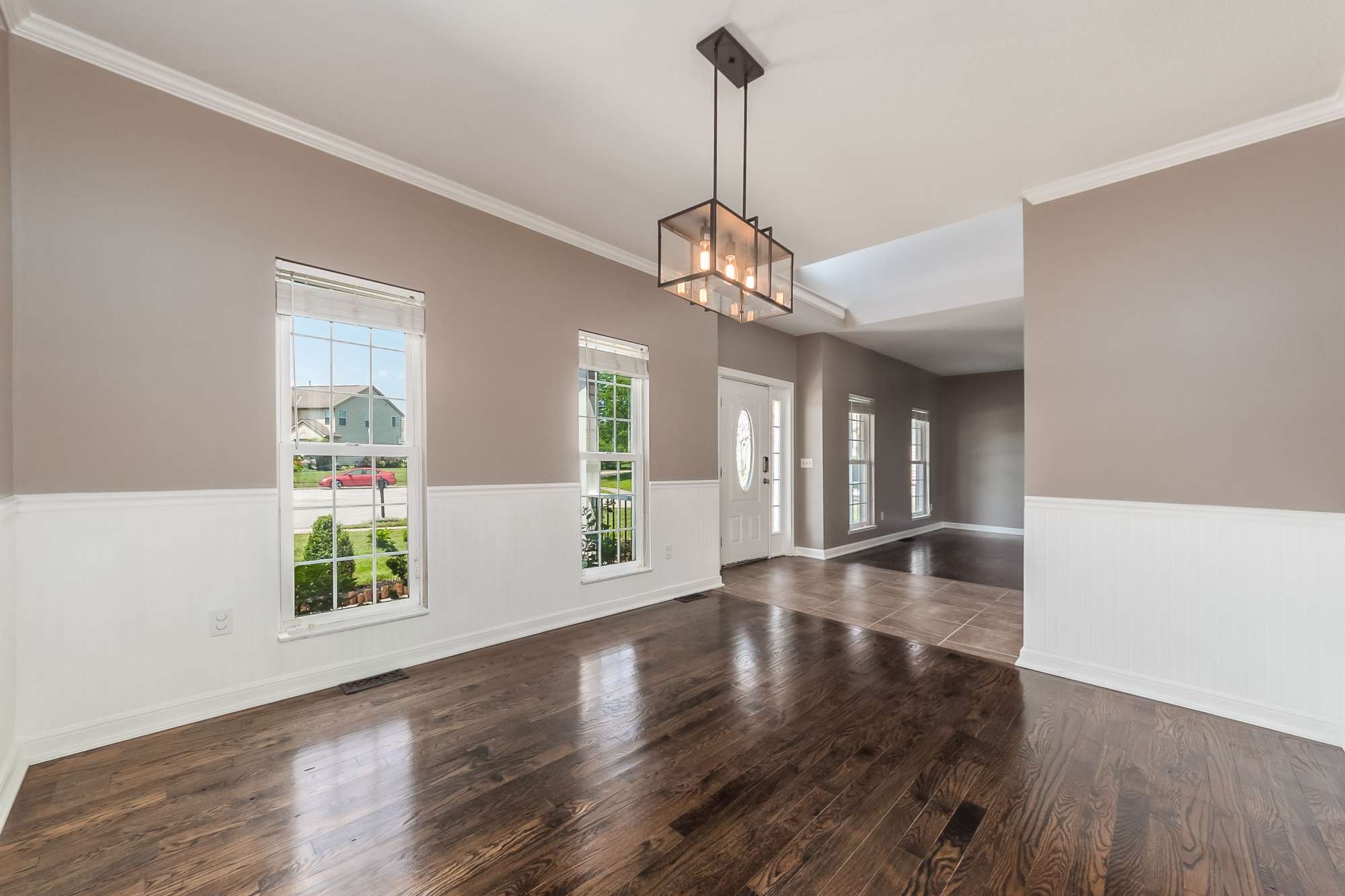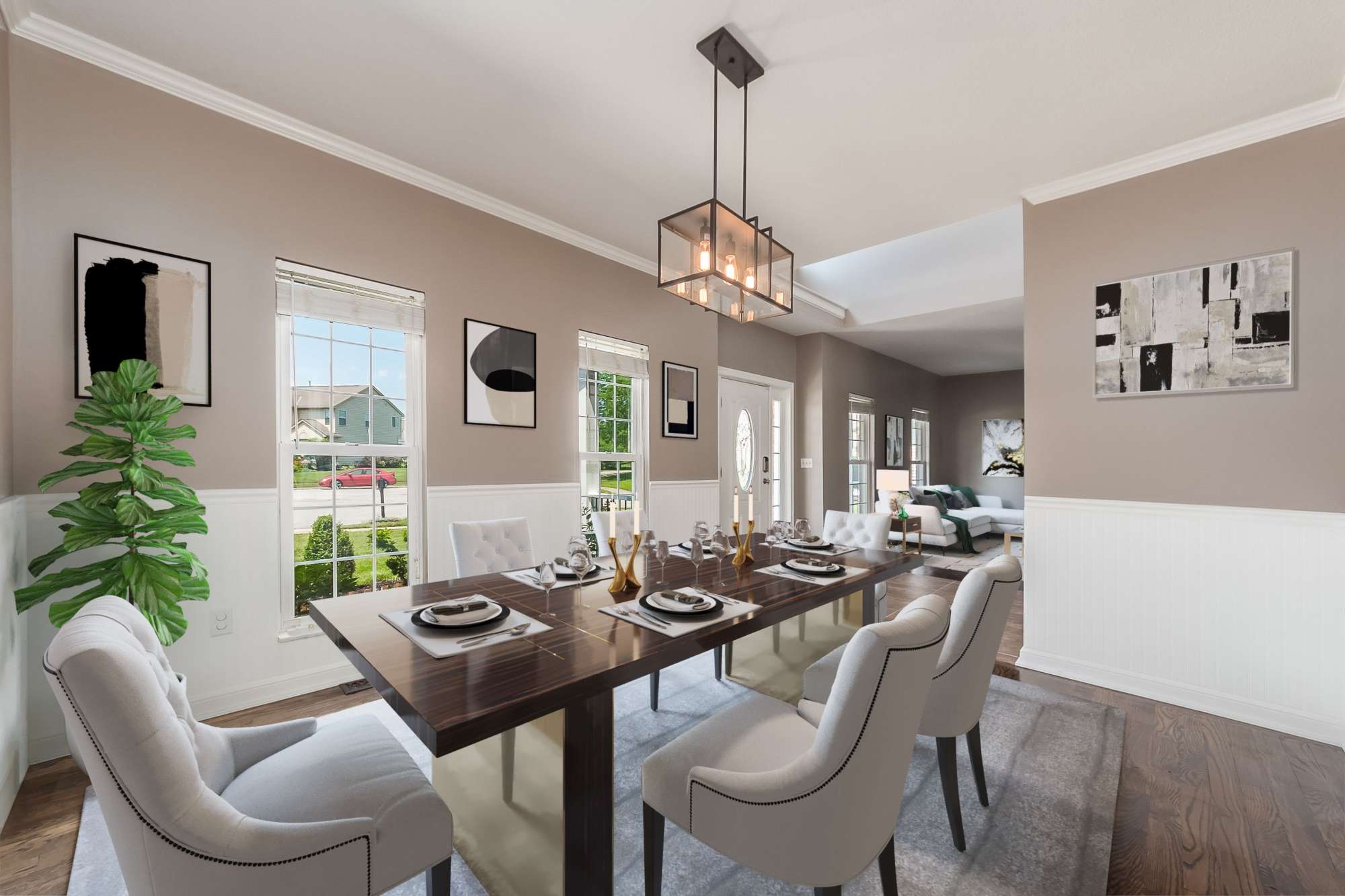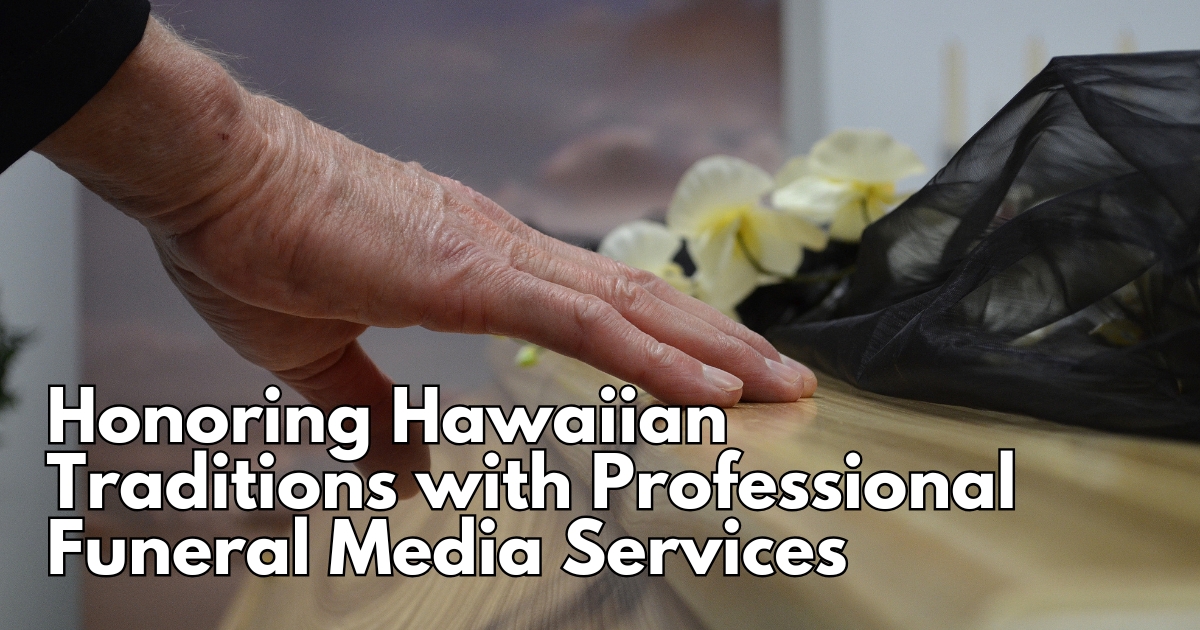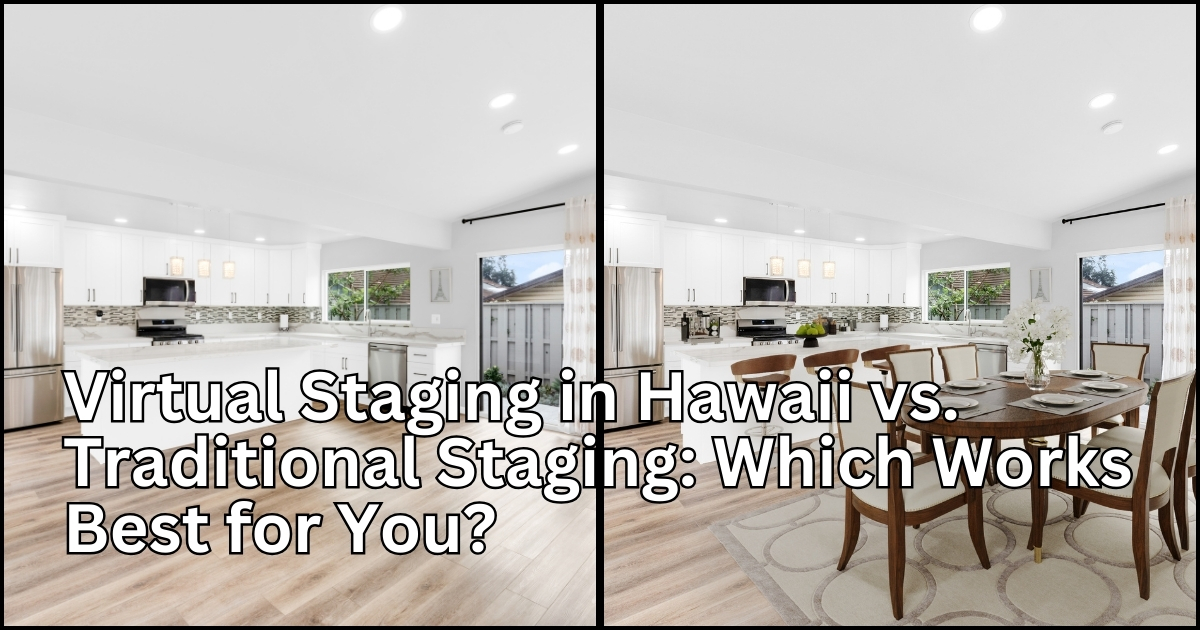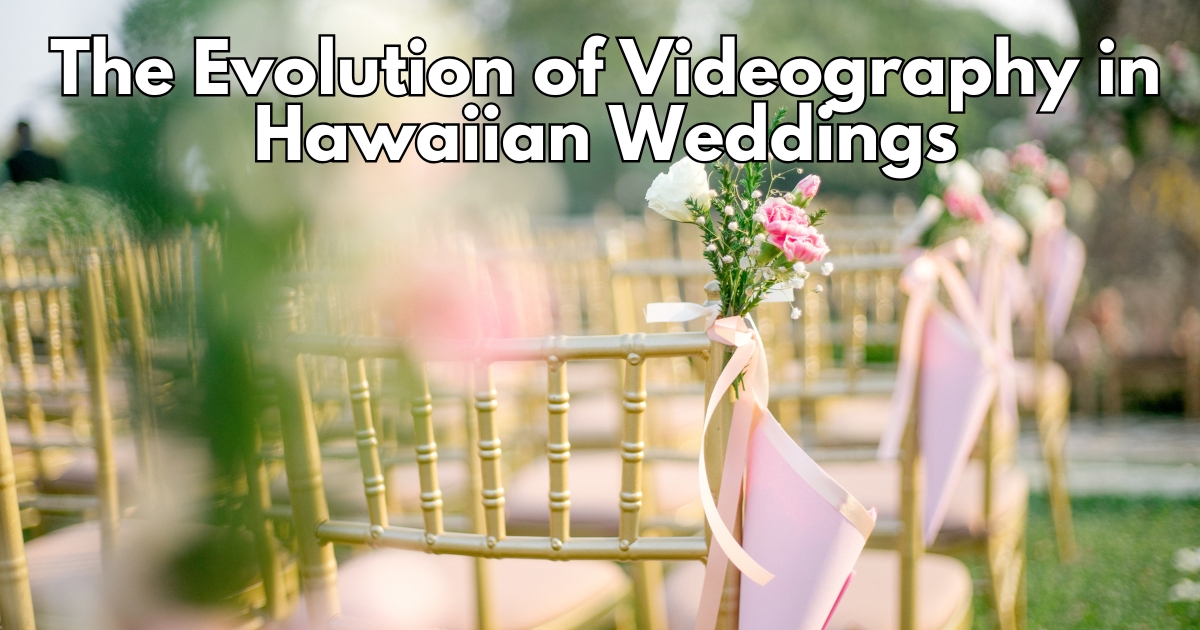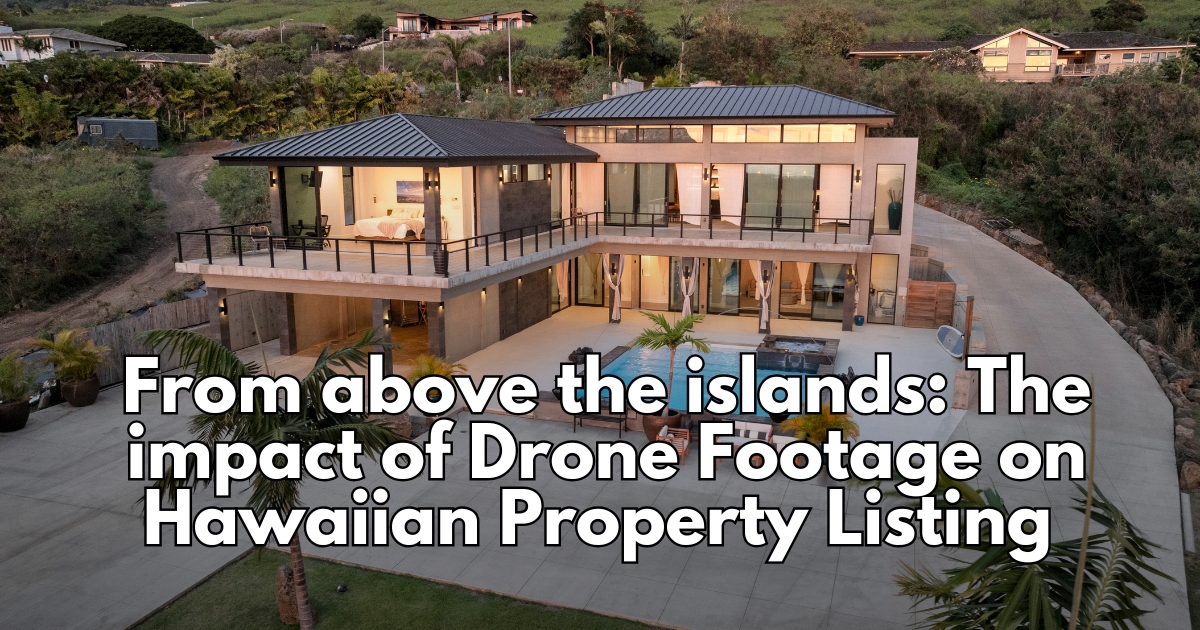Aloha, Hawaii Realtors! Are your listings standing out in a sea of online options? In today’s competitive real estate market, first impressions happen online. That’s where real estate virtual staging comes into play, transforming empty or outdated spaces into inviting dream homes with just a click.
Imagine being able to showcase a property’s true potential without the cost or hassle of physical staging. Virtual staging is like dressing your listings in their Sunday best—it’s a simple upgrade that makes a big difference. In this blog, we’ll cover what virtual staging is, how it works, and why it’s quickly becoming a must-have tool for Hawaii’s real estate professionals.
What is Virtual Staging
Virtual staging is the art of digitally enhancing property images using computer-generated furniture, decor, and other elements. This cutting-edge technology allows real estate agents and property owners to present homes in their best light without physically moving a single piece of furniture.
For Hawaii’s diverse market—whether it’s a Waikiki condo or a Kauai beachfront estate—virtual staging highlights a property’s unique charm while appealing to buyers’ lifestyles and aspirations.
Why Virtual Staging Is a Game-Changer for Hawaii Listings
Boost Your Listings’ Curb Appeal—Virtually
Empty spaces can feel cold and uninspiring, but virtual staging breathes life into them. Using realistic furniture and decor, virtual staging helps buyers envision how they could live in the space.
💡 Pro Tip: Highlight Hawaii’s natural beauty with staging that complements ocean views, lush greenery, or tropical vibes.
Save Money While You Sell Smarter
Traditional staging can cost thousands of dollars and requires ongoing maintenance, especially in Hawaii’s humid climate. Virtual staging offers a budget-friendly solution that delivers high-quality results without the logistical challenges of physical staging.
“Virtual staging has saved me so much time and money while helping me close deals faster!” – Local Realtor, Honolulu
Catch Buyers’ Attention Online
Over 95% of buyers start their home search online, and listings with stunning visuals get the most clicks. Virtual staging ensures your property photos pop, drawing in more viewers and leading to more showings.
Stat: According to the National Association of Realtors, 44% of buyers’ agents say staged homes fetch higher offers than non-staged homes.
Sell Properties Faster in Hawaii’s Competitive Market
Homes that sit on the market for too long can lose their allure. Virtual staging helps move properties faster by making them more attractive and memorable.
💡 Pro Tip: Virtually stage vacant listings to help buyers see the full potential of a property, speeding up the sales process.
Virtual Staging Techniques for Hawaii Realtors
Photorealistic Rendering or 3D Modeling
Create stunningly realistic visuals with lifelike textures, lighting, and shadows. This technique works wonders for properties with unique architectural features.
Augmented Reality (AR)
Offer immersive walkthroughs where buyers can interact with staged elements, perfect for tech-savvy clients.
Consistent Style and Theme
Design with Hawaii’s laid-back luxury in mind—think airy layouts, island-inspired decor, and neutral palettes that enhance natural light.
How to Maximize Virtual Staging for Your Listings
Partner with a Professional:
Working with a professional virtual staging company with experience in creating high-quality virtual staging visualizations is essential.
Virtual Staging Studio has been in the industry for almost five years, and Virtual Staging is one of the most requested services we offer. Due to technological advancement and the fast and evolving use of virtual tools, many realtors and Homeowners are adopting this technology. They are adopting it and quickly learning the latest trends and must-haves in the industry. If you want to learn more about our Virtual Staging Services, please check this link.
Use High-Quality Photos:
Highlight Key Features:
Showcase ocean views, spacious lanais, or open-concept layouts to captivate buyers.
Keep It Transparent:
Disclose that staging is virtual to maintain trust and credibility with potential buyers.
Case Studies and Examples
1. Vacant Property:
2. Historic Property:
3. New Construction:
A new construction property was listed with a virtual staging visualization that added furniture, decor, and other elements to create a fully furnished and inviting space. The property received significant online engagement and ultimately sold for a higher price than expected.
By leveraging cutting-edge technology and best practices, virtual staging can significantly enhance a property’s visual appeal, increase online engagement, and ultimately lead to faster sales and higher prices. Whether you are a property owner, agent, or developer, incorporating virtual staging into your marketing strategy can help you stay ahead of the competition and achieve your goals in the real estate market.
Virtual staging has been shown to impact the speed of property sales significantly. Here are some key statistics and insights:
1. Reduced Time on the Market:
2. Increased Buyer Interest:
3. Higher Selling Prices:
4. Increased Online Engagement:
5. Cost-Effective Solution:
6. Flexibility and Speed:
Virtual staging allows for quick transformations based on buyer preferences, making it easier to showcase a property’s potential in various ways. This flexibility and speed can be particularly beneficial in competitive markets where properties must stand out quickly.
Overall, virtual staging can be a powerful tool in speeding up property sales by generating more buyer interest, increasing online engagement, and showcasing a property’s full potential.
How buyers typically respond to virtually staged properties:
1. Increased Buyer Interest and Engagement:
– Virtual staging can generate buyer interest by providing a more engaging and visually appealing online experience. The virtually staged images make the property look more inviting and livable, leading to more inquiries, showings, and more offers.
2. Faster Sales:
– Virtually staged homes sell faster than vacant or poorly furnished properties. The enhanced visuals help buyers better envision themselves living in the space, which can accelerate the sales process.
3. Higher Selling Prices:
– Studies have shown that virtually staged homes can sell for higher prices compared to non-staged properties. The perceived value and emotional connection created by virtual staging can justify higher offers from buyers.
4. Emotional Connections:
– Virtual staging helps create an emotional bond between the buyer and the property. By making the space feel like a warm, inviting home, buyers are more likely to develop a personal connection and be motivated to make a purchase.
5. Transparency and Trust:
– However, it is crucial that virtual staging is done transparently, with clear disclosures that the images have been digitally altered. Failure to do so can lead to buyer disappointment and a breakdown in trust.
When used effectively and transparently, virtual staging can significantly enhance buyer interest, speed up sales, and even increase selling prices. The key is to balance showcasing the property’s potential and maintaining honesty and transparency with potential buyers.
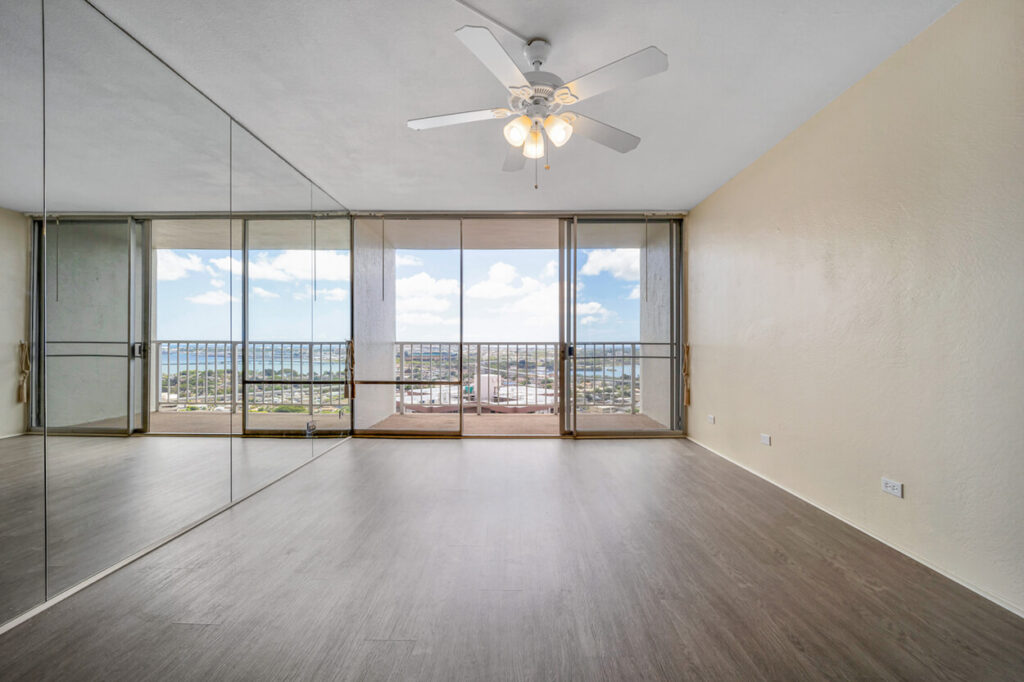
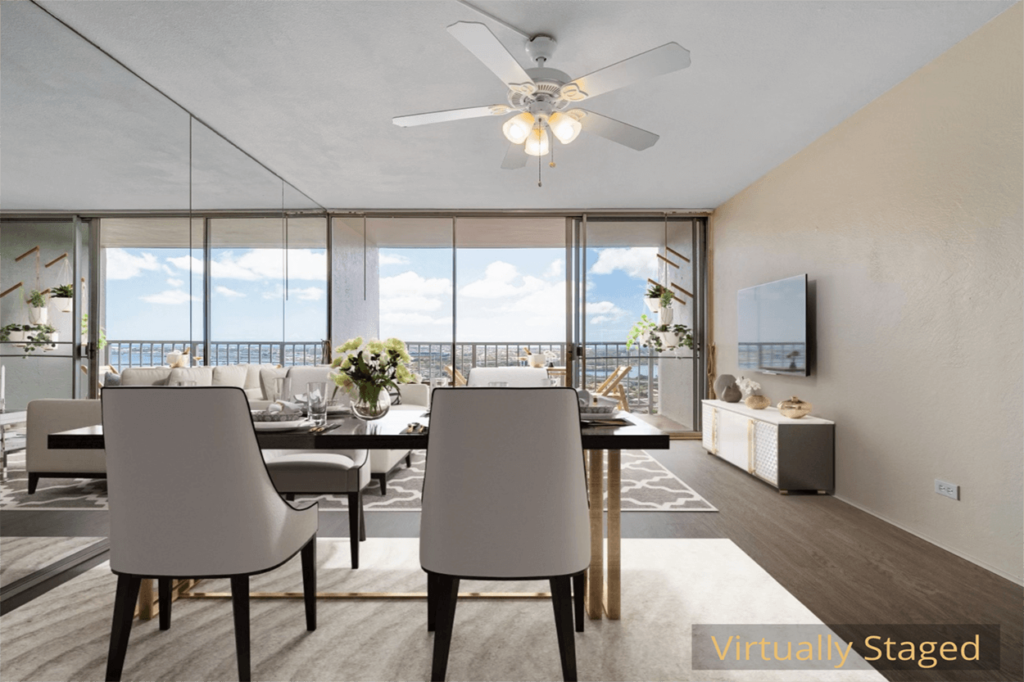
Virtual staging can have several psychological effects on potential buyers:
1. Emotional Connection:
Virtual staging can create an emotional connection between the buyer and the property by showcasing a warm, welcoming environment that evokes comfort and belonging.
2. Visualization:
3. Perceived Value:
4. Buyer Psychology:
5. Increased Engagement:
6. Less Disappointment:
7. Increased Trust:
Virtual staging can increase buyer trust by providing transparent and accurate property representations. This makes it easier for buyers to make informed decisions and potentially leads to more sales.
Virtual staging can significantly impact buyer psychology, influencing their emotional connection to the property, perceived value, and decision-making process.
Virtual staging can significantly influence a buyer’s decision-making process by:
1. Enhancing Visualization:
2. Creating Emotional Connections:
3. Managing Expectations:
4. Increasing Engagement:
5. Highlighting Potential:
6. Broadening the Buyer Pool:
7. Reducing disappointment:
8. Increasing Trust:
Virtual staging can be tailored to different buyer personas by understanding their needs, preferences, and lifestyle choices. Here are some ways to tailor virtual staging to different buyer personas:
1. Buyer Personas:
2. Customized Virtual Staging:
3. Targeted Marketing:
4. Virtual Tours:
5. Personalized Messaging:
6. Virtual Staging for Different Property Types:
7. Virtual Staging for Different Budgets:
8. Virtual Staging for Different Design Styles:
9. Virtual Staging for Different Lifestyle Choices:
10. Virtual Staging for Different Buyer Preferences:
Use virtual staging for different buyer preferences, such as a buyer who prefers a modern kitchen or a buyer who chooses a cozy living room. Each buyer’s preference has unique needs and preferences that must be catered to.
Now, you know more than enough about virtual staging. Start utilizing this powerful tool for your next listing and see how it can dramatically enhance your property’s potential.
To learn more about Visionary Views Virtual Staging service, check this link.

